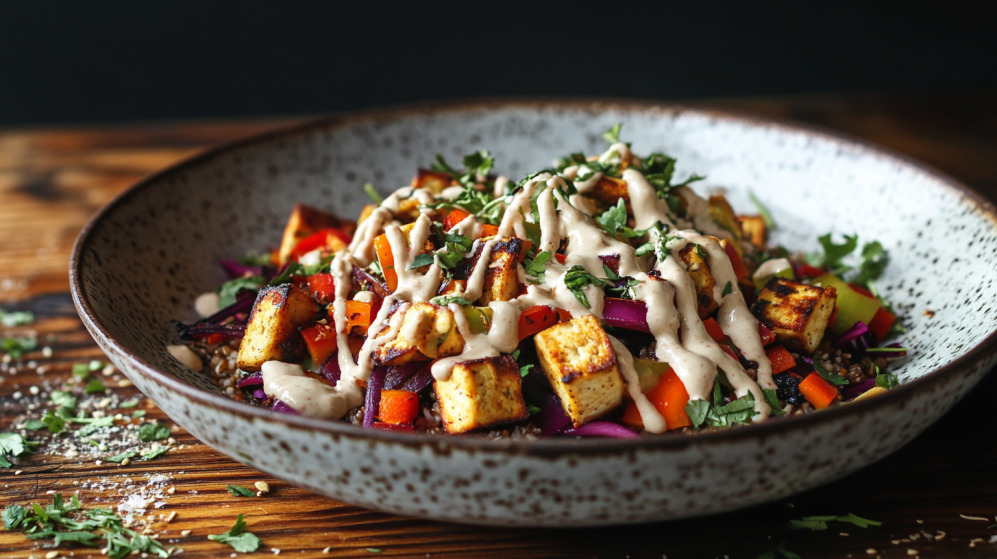Forget everything you thought you knew about vegetarian cooking being bland or leaving you hungry. As someone who’s worked in both fine dining and casual restaurants, I’ve learned that plant-based dishes can be just as satisfying – if not more so – than their meat-based counterparts. The secret lies in understanding how to build layers of flavor and create satisfying textures that keep you coming back for more.
The Science of Satisfaction
Ever wondered why some vegetarian meals leave you feeling hungry an hour later while others keep you satisfied all evening? The answer lies in the perfect balance of three key elements: protein, fiber, and umami. When these components come together, they create that elusive feeling of satiety that many associate only with meat-based dishes.
Building Blocks of a Fulfilling Vegetarian Dinner
Protein Powerhouses
- Legumes: Lentils, chickpeas, black beans
- Whole grains: Quinoa, farro, wild rice
- Plant proteins: Tempeh, tofu, seitan
- Nuts and seeds: Almonds, pumpkin seeds, hemp hearts
Umami Boosters
- Dried mushrooms
- Fermented ingredients (miso, tamari)
- Nutritional yeast
- Sun-dried tomatoes
- Aged cheeses (if including dairy)
Professional Techniques for Maximum Flavor
Layering Flavors
The key to memorable vegetarian cooking lies in building flavors throughout the cooking process:
- Start with aromatic vegetables
- Add herbs at different stages
- Finish with acid and fresh herbs
- Incorporate various textures
Common Mistakes to Avoid
- Underseasoning vegetables
- Overcooking proteins like tofu
- Neglecting texture variety
- Forgetting to add umami elements
- Skipping the crucial step of pressing tofu
Time-Saving Strategies
Prep Once, Eat Twice
- Batch cook grains and legumes
- Pre-roast vegetable bases
- Prepare sauces and dressings in advance
- Keep frozen herb cubes ready
Quick-Assembly Components
- Marinated tofu cubes
- Roasted vegetable medley
- Cooked grain portions
- Prepared legumes
- Toasted nuts and seeds
Signature Dishes That Impress
Mediterranean Feast Bowl
A stunning arrangement of:
- Herb-roasted chickpeas
- Smoky grilled eggplant
- Quinoa tabbouleh
- Tahini-miso dressing
Asian-Inspired Rice Bowl
Featuring:
- Crispy sesame tofu
- Stir-fried seasonal vegetables
- Brown rice base
- Miso-ginger sauce
Storage and Make-Ahead Tips
Component Storage
- Cooked grains: 4-5 days refrigerated
- Roasted vegetables: 3-4 days refrigerated
- Prepared sauces: 5-7 days refrigerated
- Marinated proteins: 2-3 days refrigerated
Reheating Guidelines
- Steam grains with a splash of water
- Crisp tofu in a dry skillet
- Refresh vegetables in a hot pan
- Warm sauces separately
Final Thoughts
Creating satisfying vegetarian dinners isn’t about replacing meat – it’s about celebrating the incredible variety and potential of plant-based ingredients. With these techniques and combinations, you’ll create evening meals that satisfy both body and soul, leaving everyone at your table wondering why they ever thought they needed meat for a fulfilling dinner.

